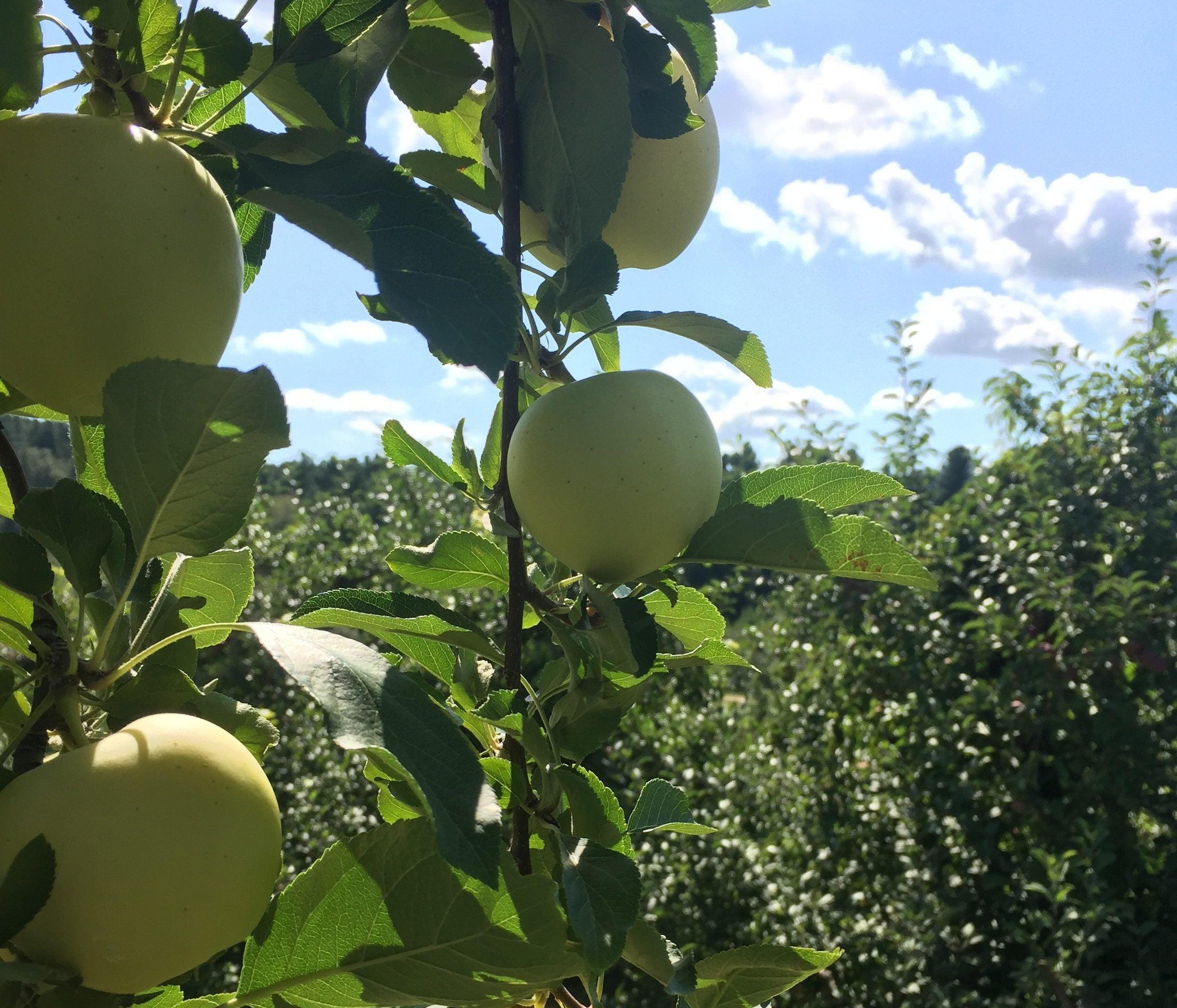
Apples
Does eating an apple every day really keep the doctor away? Apples are certainly popular—ranking among the top three fruits produced around the world. They are easy to store and transport, and as a result, are typically available year-round in the U.S. In this piece we’ll explore how apples may benefit health and the best types for baking versus munching straight off the core.
One serving, or one medium apple, provides about 95 calories, 0 gram fat, 1 gram protein, 25 grams carbohydrate, 19 grams sugar (naturally occurring), and 3 grams fiber.
You are watching: Apples
See more : Chia seeds pack nutritional punch
Apples are rich in quercetin and pectin, both of which are credited for supplying apples with their health benefits. [1] Quercetin is a flavonoid, a type of naturally occurring plant chemical that has antioxidant and anti-inflammatory effects. Pectin is a type of soluble fiber that may help prevent constipation and have a modest effect on lowering LDL, the “bad” cholesterol. Pectin is also fermented by beneficial bacteria in the colon, which produces short chain fatty acids that may play a role in the prevention of chronic diseases, including certain cancers and bowel disorders. [2,3]
Fresh, whole apples offer the most nutrients. Discarding the skin removes much of the fiber and the majority of flavonoids. Dehydrating or drying the apples removes vitamin C, which is predominantly in the flesh. In addition, sugar (along with extra calories) is often added to dried apples. Clear apple juice undergoes filtering and pasteurization, which removes most of the flavonoids and fibers. [3]
Overall research shows a benefit when adding apples to the diet. The studies below looked at the health effects of apples in the diet over time, or examined the effects of specific phytochemicals in apples.
See more : How Much Protein And Calories Are In Chicken Breast?
There are at least a dozen types of apples found in U.S. supermarkets, but up to 100 varieties are available. Check out local farms and farmers markets for more unusual heirloom varieties. Some are best for cooking and baking, and others are enjoyed raw for snacking. They range from sweet to tart, and may produce a hearty crunch or a light crispy bite.
More recipes featuring apples:
Apple juice and apple cider are different!
The contents of this website are for educational purposes and are not intended to offer personal medical advice. You should seek the advice of your physician or other qualified health provider with any questions you may have regarding a medical condition. Never disregard professional medical advice or delay in seeking it because of something you have read on this website. The Nutrition Source does not recommend or endorse any products.
Source: https://en.congthucvatly.com
Category: Cook
This post was last modified on Tháng Mười 6, 2023 12:25 chiều
If you're a 60-year-old man considering a $500,000 life insurance policy, you're likely wondering about…
Choosing the best life insurance provider is a crucial decision, especially in Canada, where numerous…
Navigating the U.S. financial landscape as a foreigner can be complex, and life insurance is…
American Family Insurance is a well-established provider known for its comprehensive range of insurance products,…
While banks primarily offer financial services like checking and savings accounts, loans, and credit cards,…
Chase, a well-known financial institution, offers a wide range of financial products and services. But…